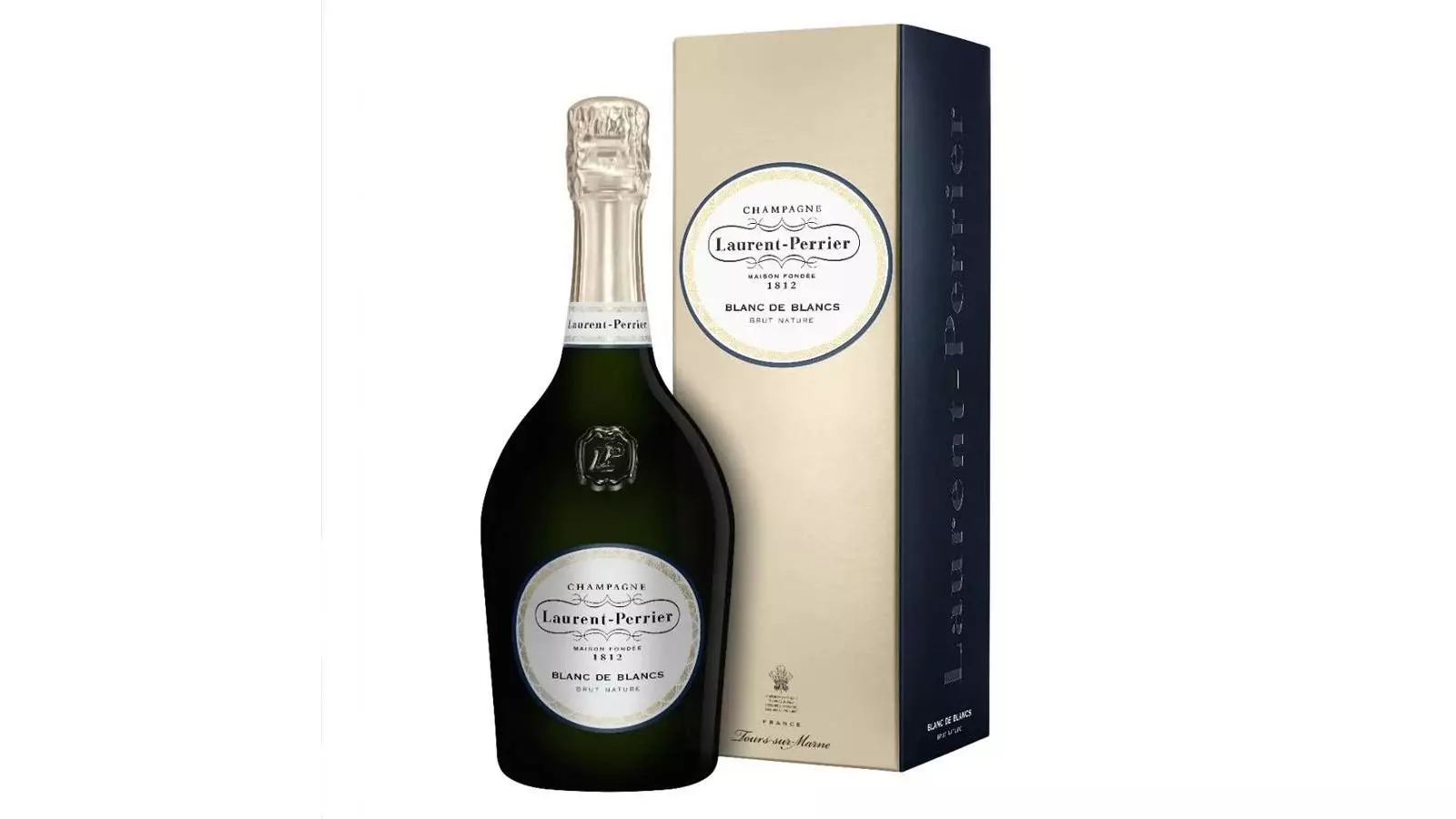Champagne has long held a distinguished place in the realm of beverages, cherished not merely for its effervescence but for the rich tapestry of history and artistry woven into each bottle. This iconic drink transcends beyond mere celebratory moments, emerging as a versatile wine that finds its footing in various culinary experiences. As we explore the nuances of this historic beverage, it becomes evident that champagne deserves recognition not only as a luxury item but also as an expression of creativity and innovation in the wine world.
Located in northeastern France, the Champagne region is the birthplace of the sparkling wine that has captivated palates around the globe. With its vineyards sprawling across five key areas—Montagne de Reims, Vallée de la Marne, Côte des Blancs, Côte de Sézanne, and Aube—the region’s distinct geographical and climatic factors play a pivotal role in shaping its wines. Chalky soil combined with a cool climate fosters the growth of the primary grape varieties: Chardonnay, Pinot Noir, and Pinot Meunier.
This terroir not only influences the grapes’ development but also contributes to the complexity and finesse of the final product. It is this unique interplay between land and grape that secures champagne’s reputation as a synonym for excellence. Moreover, the craftsmanship of traditional methods employed in its production adds to a depth of character rarely paralleled in other wines.
While champagne has historically symbolized opulence and festivity, recent years have heralded an exciting transformation within the industry. A new generation of winemakers is breaking away from traditional norms, experimenting with innovative techniques and styles to appeal to modern palates. This resurgence of creativity includes daring takes on zero-dosage champagnes, which offer a pure and unmasked taste experience, as well as various iterations of rosé champagnes that masterfully balance fruitiness with elegance.
The appeal of these innovative expressions lies in their ability to fit seamlessly into a wider array of dining experiences, from casual gatherings to haute cuisine. This versatility positions champagne as the perfect companion for virtually any meal, enhancing the dining experience and allowing wine lovers to explore its complexities across a diverse palette of flavors.
Contrary to the traditional belief that champagne is solely for special occasions, this sparkling wine encourages exploration at any time. With its inherent acidity and layered flavor profiles, champagne pairs beautifully with a myriad of dishes. Whether accompanying seafood, rich sauces, or even humble street food, champagne proves to be a suitable companion that can tantalize the taste buds and elevate even the simplest meals.
Moreover, enjoying a glass of champagne can be a delightful ritual, just as pleasurable after a long day at work as during an extravagant celebration. The adaptability of this wine makes it an accessible indulgence, inviting connoisseurs and casual drinkers alike to appreciate its charm.
For those fortunate enough to own a bottle of this exquisite wine, understanding the appropriate storage methods is essential. After being opened, champagne tends to lose its effervescence rapidly, typically within a few days, even with a quality stopper. However, an unopened bottle can retain its character for up to 15 years when stored correctly, ideally lying on its side in a cool environment.
This understanding not only enhances the enjoyment of drinking champagne but also highlights its potential as a collectible item. Careful curation and proper storage methods can turn champagne into an exciting exploration of flavors and ages, inviting aficionados to experience the full spectrum of what this exceptional wine has to offer.
The landscape of champagne is rich and varied, boasting a spectrum of wines that cater to discerning tastes. For instance, Laurent-Perrier has made its mark with a 100% Chardonnay champagne that impresses with its citrus-forward palate—perfect for pairing with gourmet seafood. On the other hand, Idris Elba’s Petite Porte Noire Brut NV offers an elegant blend that evokes a sense of freshness and sophistication.
Among these, the Rare Champagne Millésime Brut 2008 stands out as an award-winning masterpiece, showcasing a harmonious balance of rich flavors and crisp notes that visitors to the region rave about. Meanwhile, the Billecart-Salmon Brut Rosé, with its delightful berry notes, is an enduring favorite for those seeking a vibrant, fruit-driven sparkling experience.
Champagne is not just a drink for celebrations; it’s a profound expression of the artistry and dedication behind winemaking. Its capacity to captivate across a range of contexts and its evolving nature make it a trendsetter in the wine world. The next time you consider pouring a glass, remember that it is not just for toasting milestones, but a delightful beverage for any occasion.


Leave a Reply